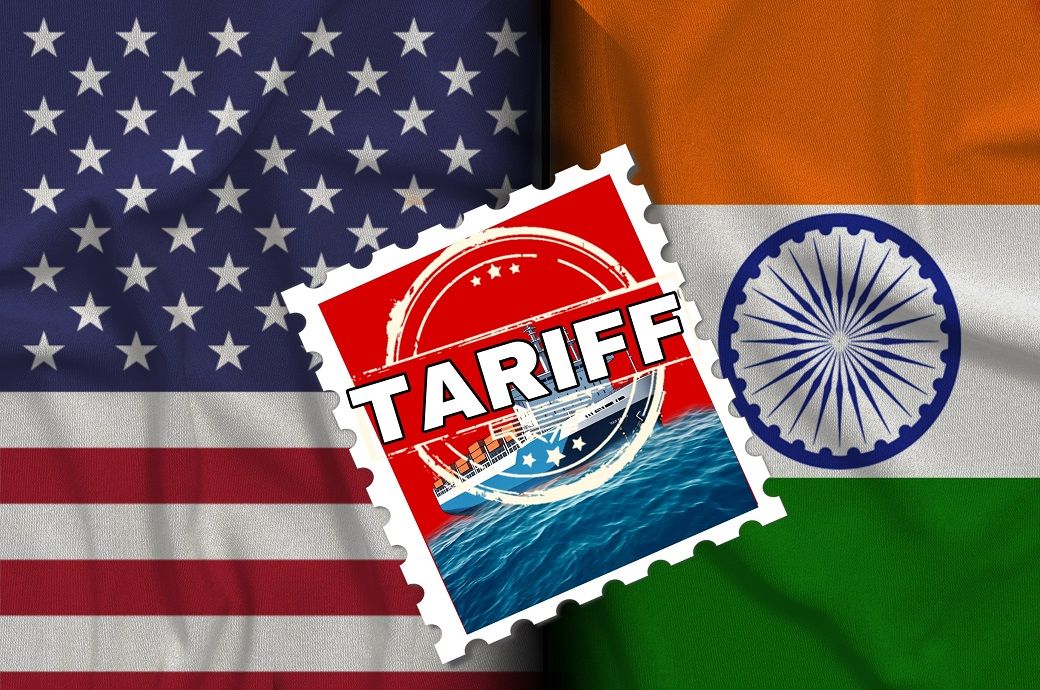
The agency has revised its outlook on the textiles sector to deteriorating from neutral and its rating outlook to Negative from Stable.
The textile industry, being working capital intensive, is also expected to witness a release of working capital in line with lower revenues. Coupled with reduced profitability, the industry could push net leverage higher by 1–1.5 times, Ind-Ra said in a press release.
While large, high-rated entities with strong liquidity are expected to withstand immediate pressures, smaller players remain more vulnerable. Integrated downstream firms are considered better placed than upstream manufacturers to manage margin pressures.
“The higher US reciprocal tariffs of 50 per cent will likely put pressure on the revenue and profitability of Indian textile players, particularly apparel and home textiles, due to a relative disadvantage as Indian goods face higher tariffs than competing nations,” said Rohit Sadaka, director and sector head – textiles, corporates, Ind-Ra.
As of August 31, 2025, about 12 per cent of Ind-Ra’s sectoral portfolio was on negative directional indicator (NDI), largely firms producing low value-added products such as yarn and fabric.
Ind-Ra noted that India, which once benefitted from lower tariffs, now risks losing competitiveness in the US market compared with rivals such as China (34 per cent), Bangladesh (20 per cent), Vietnam (20 per cent), Indonesia (19 per cent), and Cambodia (19 per cent). With the US accounting for nearly 29 per cent of Indian textile exports, the impact is expected to be significant, particularly for apparel and home textiles.
“India’s trade deals with other key importing nations, namely the UK and UAE, and its effort to conclude a trade deal with EU, might diversify sales to these countries and provide a breather; however, any meaningful shift from the US might take time. The high tariff scenario is likely to prompt a global supply chain reorientation for major textile exporters. As the scenario is still evolving with ongoing negotiations, industry players are likely to defer any incremental capex till the time the dust settles,” Sadaka added.
Medium, small and micro enterprises (MSMEs), already operating at thin margins, face the greatest credit stress risk if tariffs persist. Larger corporates, while stronger, may still defer expansion plans targeted towards US demand. The agency highlighted that players may need to absorb part of the tariff costs to maintain competitiveness in the US, pressuring profitability further.
To mitigate losses, Indian exporters are expected to seek opportunities in the EU, UK, UAE, and Australia. Existing trade agreements with the UAE and Australia, along with the UK free trade agreement, are expected to support diversification. A potential EU deal, Ind-Ra said, could significantly boost the sector by lowering import duties of up to 12 per cent currently levied on Indian goods.
ALCHEMPro News Desk (SG)
Receive daily prices and market insights straight to your inbox. Subscribe to AlchemPro Weekly!